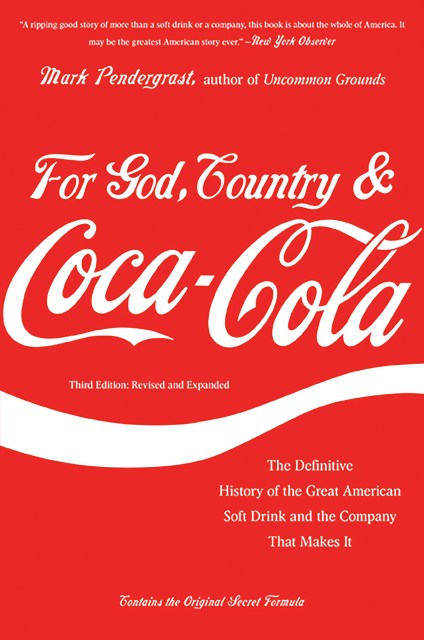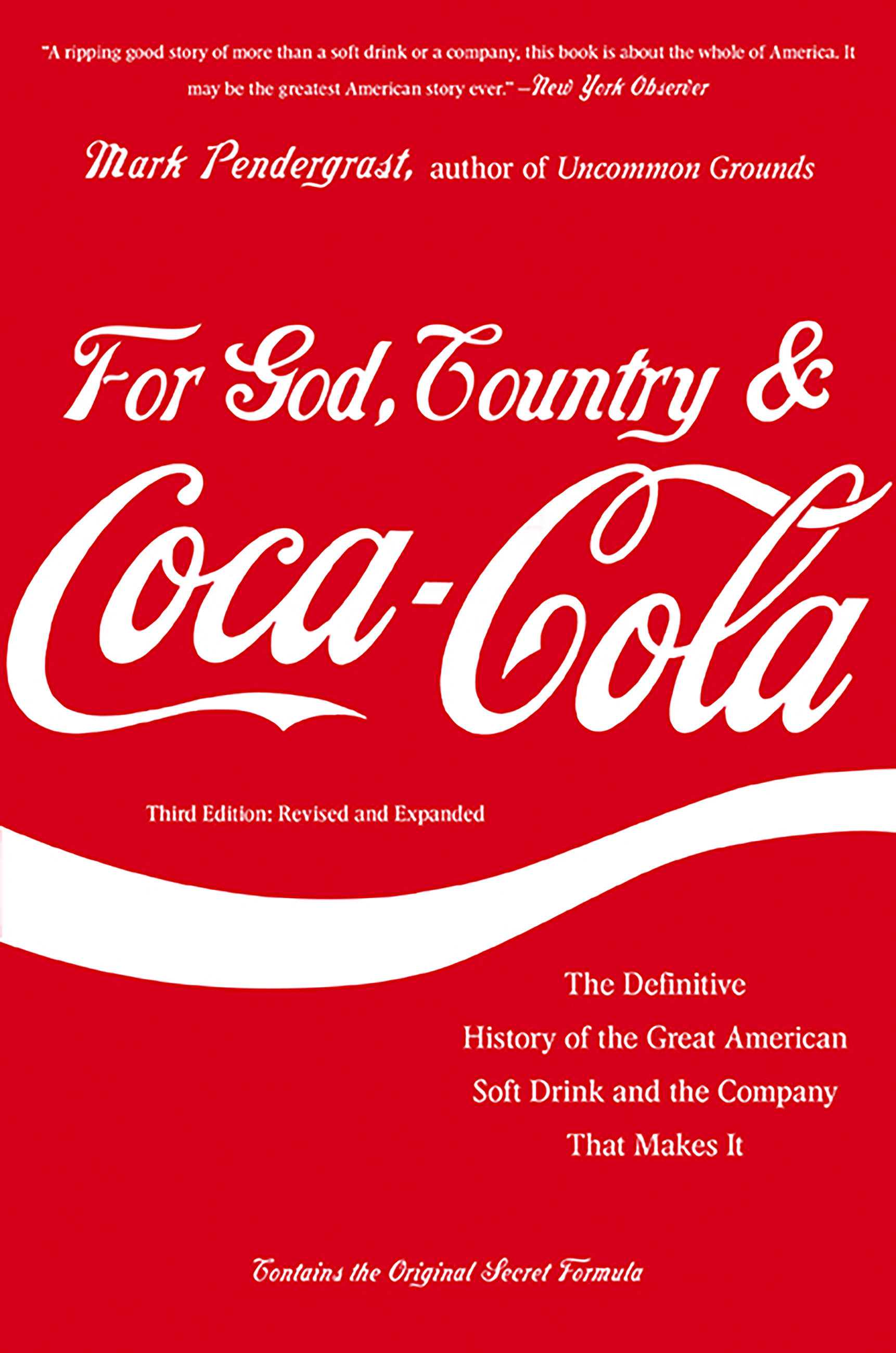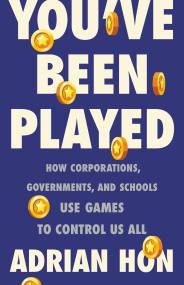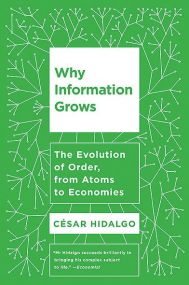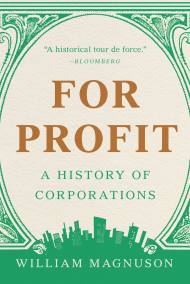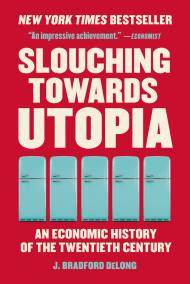Promotion
Use code MOM24 for 20% off site wide + free shipping over $45
For God, Country, and Coca-Cola
The Definitive History of the Great American Soft Drink and the Company That Makes It
Contributors
Formats and Prices
Price
$22.99Price
$29.99 CADFormat
Format:
- Trade Paperback $22.99 $29.99 CAD
- ebook $15.99 $20.99 CAD
- Trade Paperback $24.99 $31.99 CAD
This item is a preorder. Your payment method will be charged immediately, and the product is expected to ship on or around May 14, 2013. This date is subject to change due to shipping delays beyond our control.
Also available from:
Genre:
-
A NEW YORK TIMES “NOTABLE BOOK OF THE YEAR”
-
“A ripping good story of more than a soft drink or a company, this book is about the whole of America. It may be the greatest American story ever.”New York Observer
-
“Marvelously entertaining history.”Los Angeles Times
-
“In For God, Country & Coca-Cola, Mark Pendergrast has written an encyclopedic history of Coke and its subculture, and used Coca-Cola as a metaphor for the growth of modern capitalism itself. His research and storytelling skills are prodigious.”Washington Post
-
“Behind the glitz and fanfare, the bubbly brown beverage has had a tortured and controversy-filled history. It is meticulously chronicled in For God, Country & Coca-Cola.”Wall Street Journal
-
“A meticulously researched history...[Pendergrast] aggressively sets the record straight about the birth of Coke, shattering company myths.”New York Times Book Review
- On Sale
- May 14, 2013
- Page Count
- 560 pages
- Publisher
- Basic Books
- ISBN-13
- 9780465029174
Newsletter Signup
By clicking ‘Sign Up,’ I acknowledge that I have read and agree to Hachette Book Group’s Privacy Policy and Terms of Use
